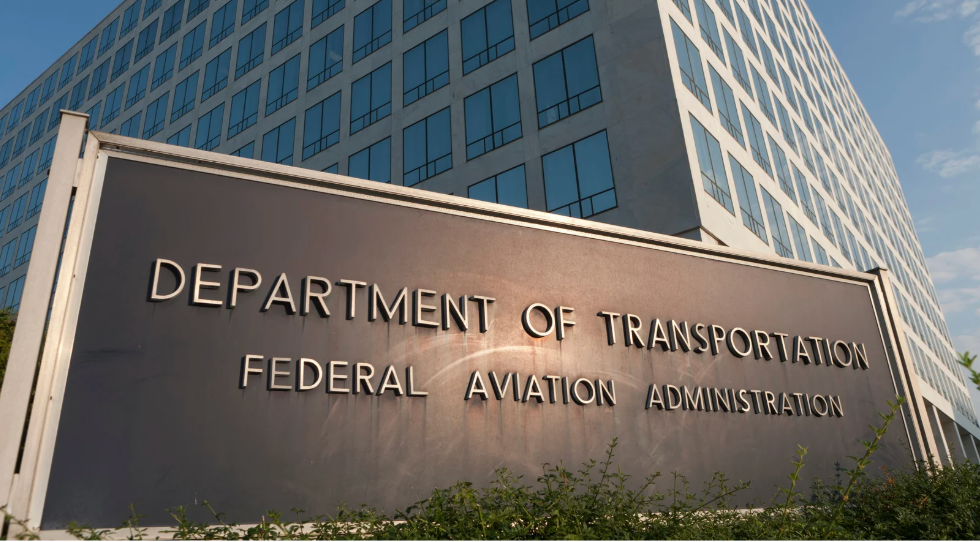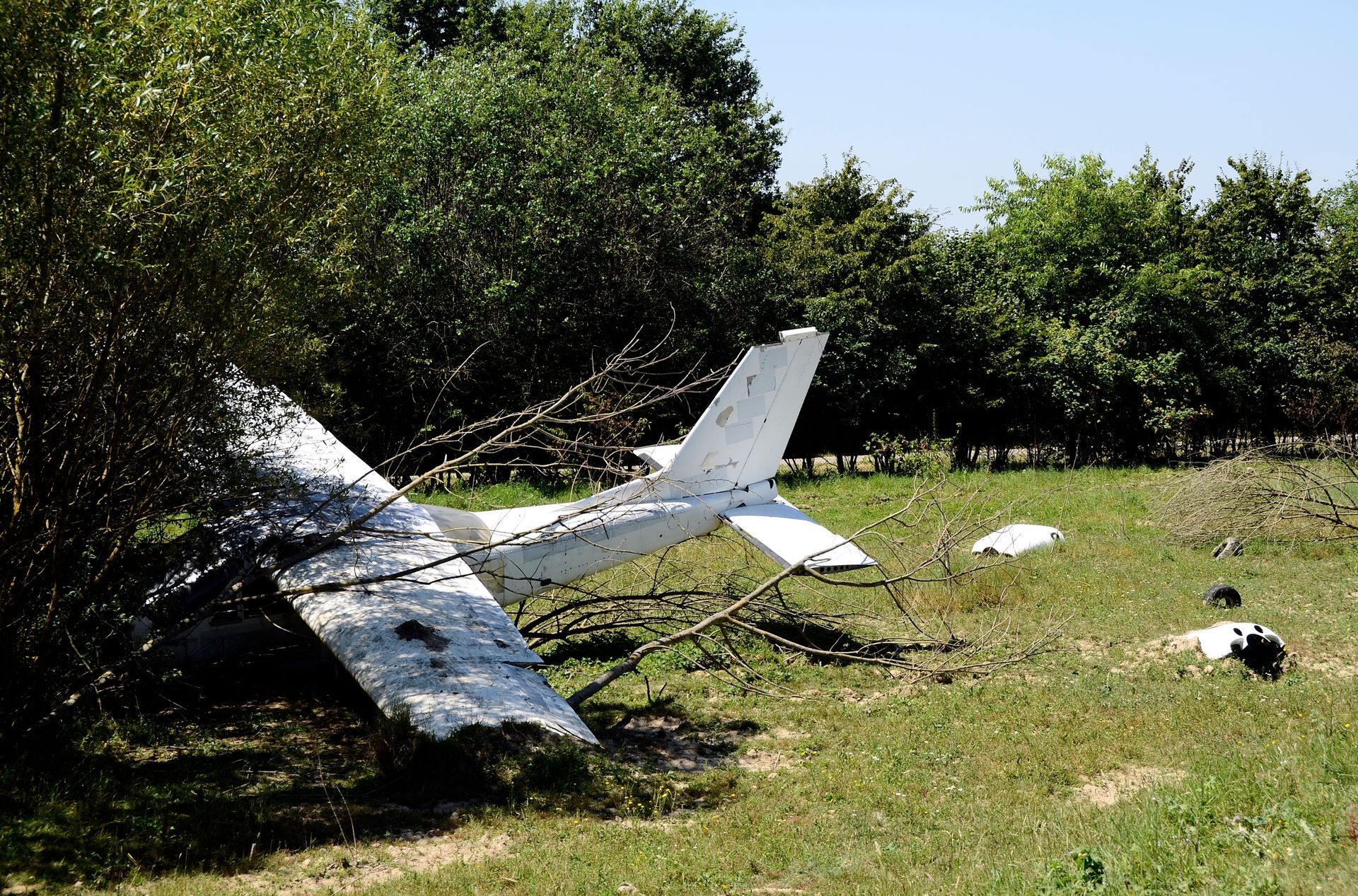The Importance of Prompt Action After a Serious Personal Injury
David K. Wilson & Associates
August 15, 2024
Experiencing a serious personal injury can be overwhelming and life-changing. Taking prompt action is crucial for protecting your rights and ensuring you receive the compensation and support you need. This post will emphasize the importance of timely action after a serious personal injury and provide a step-by-step guide on what to do.
Immediate Steps to Take
- Seek Medical Attention: Your health and safety are the top priority. Seek immediate medical care to address your injuries and document them for your legal case.
- Report the Incident: Notify the appropriate authorities, such as the police or your employer, depending on where the injury occurred. Obtain and keep copies of all reports.
Gathering Evidence
- Document the Scene: If possible, take photos and videos of the accident scene, your injuries, and any contributing factors.
- Collect Witness Information: Obtain contact details and statements from any witnesses to support your case.
Maintaining Records
- Medical Records: Keep detailed records of all medical treatments, prescriptions, and expenses related to your injury.
- Incident Reports: Ensure you have copies of any incident or police reports filed.
- Financial Documentation: Maintain records of any lost wages and other financial impacts resulting from your injury.
Consulting a Personal Injury Attorney
- Seek Legal Advice: Consult a personal injury attorney as soon as possible to understand your rights and legal options.
- Attorney’s Role: An attorney can help gather evidence, negotiate with insurance companies, and represent you in court if necessary.
Understanding Statutes of Limitations
- Time Limits: Personal injury claims in Texas must be filed within a specific timeframe, usually within two years from the date of the injury. Failing to file within this period can result in losing your right to compensation.
Filing a Personal Injury Claim
- Prepare Your Case: Work with your attorney to gather all necessary documentation and build a strong case.
- Negotiation and Settlement: Your attorney will negotiate with the responsible party’s insurance company to seek a fair settlement.
- Going to Court: If a fair settlement cannot be reached, your attorney may file a lawsuit and represent you in court.
The Importance of Prompt Action
- Preserving Evidence: Acting quickly helps preserve crucial evidence that may otherwise be lost or deteriorate over time.
- Timely Medical Treatment: Prompt medical attention not only aids in your recovery but also strengthens your legal case by providing documented evidence of your injuries.
- Protecting Legal Rights: Consulting an attorney early ensures you meet all legal deadlines and navigate the complex legal process effectively.
Taking prompt action after a serious personal injury is essential for protecting your rights and securing the compensation you deserve. By seeking immediate medical attention, gathering evidence, and consulting a personal injury attorney, you can improve your chances of a successful outcome. Understanding the importance of timely action can make a significant difference in your recovery and legal case.



